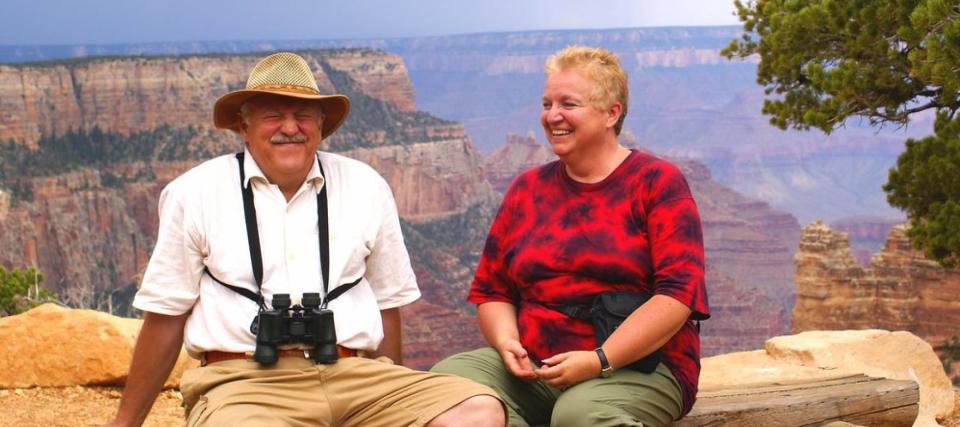This is how much the average American 60-year-old has in retirement savings — see how your nest egg compares

Even Americans with only modest retirement funds may be shocked to learn how many people are in desperate straits: as in, they have no nest egg at all.
Research by the Federal Reserve shows that an astounding one in four Americans (including the 27% who consider themselves retired) have absolutely nothing saved.
And even if you have something tucked away, it may not be enough — though that is something you can change even late in the game.
Americans run an estimated $3.68 trillion behind in retirement savings, according to the Employee Benefit Research Institute. While this includes all people aged 35 to 64, those in their 60s still didn’t fare too well.
Here’s how your savings stack up — and what you can do if you’re falling behind.
Don’t miss
Inflation is throwing off Americans' retirement plans — here's how to get back on track
'Hold onto your money': Jeff Bezos issued a financial warning, says you might want to rethink buying a 'new automobile, refrigerator, or whatever' — here are 3 better recession-proof buys
Better than NFTs: You don't have to be ultra-rich to own a piece of a Pablo Picasso. Here's how to enter the fine art market
What’s the average?
A Vanguard study found those between 55 and 64 held an average of roughly $256,000. But this includes high income earners; breaking the figures down, it shrinks to a median of about $90,000.
Interestingly, much has changed in even the short time since 2021, the source of figures for Vanguard’s study. Last year, Vanguard noted that retirement savings actually increased, thanks to strong performance in the stock market.
But of course since then, Wall Street’s woes have persisted for much of this year, as even otherwise strong stocks have been resoundingly punished.
Which means 2023 numbers may drop significantly — though with dollar cost averaging, people who stick it out and keep investing will be rewarded if the market returns to full strength.
Is there a magic retirement number?
So how much should you have by the time you’re 60?
Retirement calculators can help you get some answers. But the best thing Americans can do is head to a financial adviser who can help them reach their goals.
If you’d like a broader approach, Fidelity has ways to pinpoint the right numbers for you. Broadly speaking, Americans should aim for the equivalent of their salary by age 30, three times by 40, six times by 50, and eight times by 60.
So if you’re a 60-year-old American and make $50,000 per year, that means you should have $400,000 saved in your retirement account. As you can see, neither the average nor the median retirement amount comes even close.
That said, the “should” amount doesn’t account for a host of variables. Consider for example how much you’ll be able to cut expenses in retirement, the money you may take in through Social Security, assets you can unload or the sale of a home.
How can you balance the numbers?
First and foremost, speak with a financial adviser. If you don’t have one, talk to friends who have fared well with their adviser or seek referrals from someone you trust.
Or, look for one on your own. Researching and calling multiple financial planners can be a time-consuming hassle, but there are ways you can easily browse vetted advisers who fit your needs. Booking a consultation is free and only takes a few minutes.
Remember, it’s never too late to start putting cash aside. Even 5% of each paycheck adds an additional $96 bi-weekly, or $2,500 at the end of the year, which can then compound.
And that’s far better than the zero mark that applies to 25% of Americans: all of whom deserve better than to retire their savings efforts before they start.
This article provides information only and should not be construed as advice. It is provided without warranty of any kind.

 Yahoo Finance
Yahoo Finance 